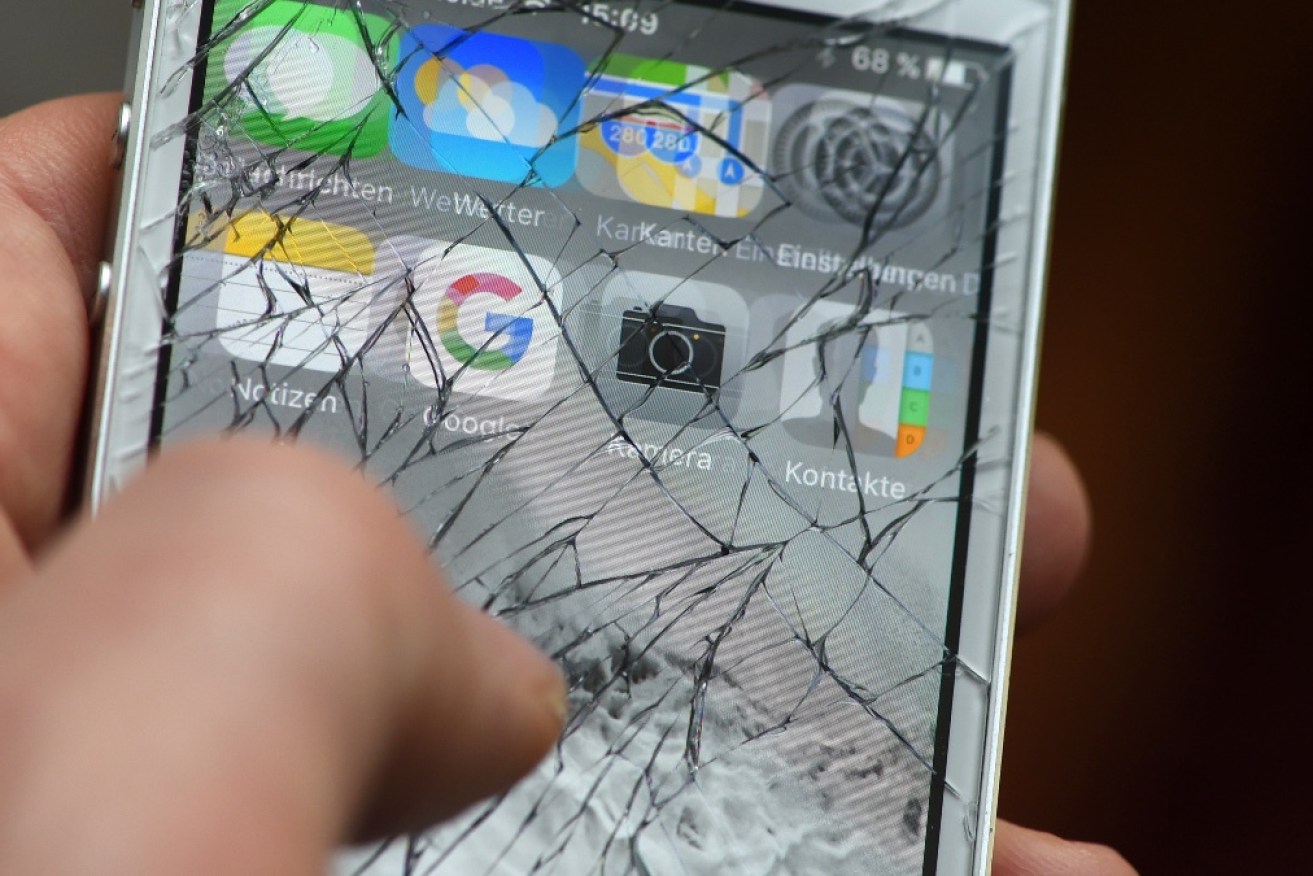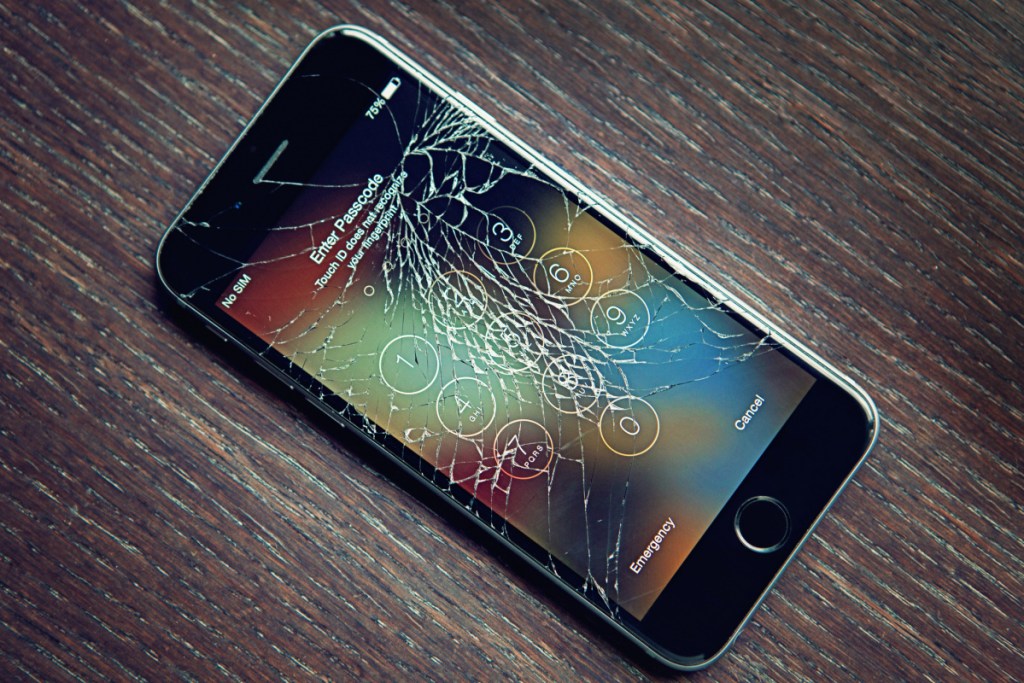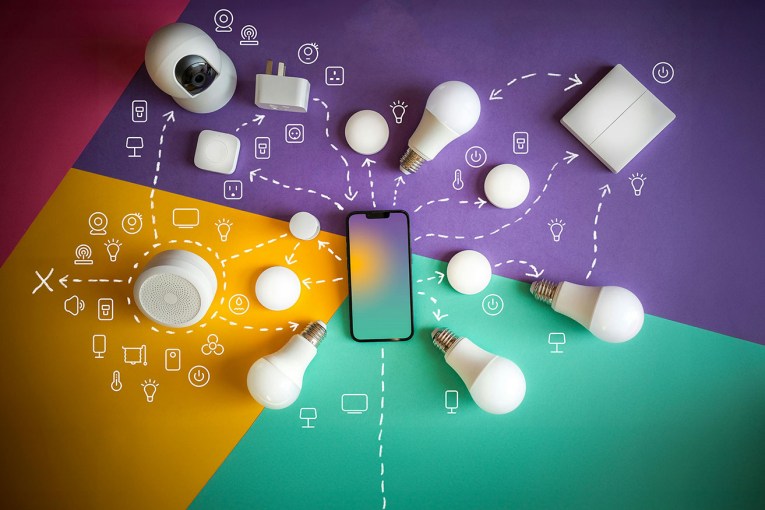Apple’s adoption of RSC messaging doesn’t mean it’s become consumer-friendly


Despite making device hardware easier to repair, Apple is using software to stifle home-repairs. Photo: TND
Foreign governments continue to score wins against Apple – and Australian users stand to benefit.
The US tech giant has announced it will adopt a new messaging protocol at the European Union’s behest, one that will allow easier transfer of texts between Apple and non-Apple devices – a bugbear of mobile users for years.
The change comes after Apple bowed to EU pressure and changed its charging port from the proprietary lightning cable to the more common USB C cable, eliminating the need for users to keep multiple charging cords.
Earlier this year California passed a law that guaranteeing consumers the right to repair Apple products and guaranteeing access to parts, tools, and manuals needed to fix their electronic devices.
The right to repair, expected to soon be available in Australia, came after Apple aggressively lobbied for years against the move.
But while lawmakers may be chipping away at the Apple ecosystem, the company is still resisting measures designed to make owning Apple devices a simpler and cheaper experience.
Messaging breakthrough
Apple on Thursday announced it will adopt RCS standard messaging, which will finally bring iMessage features to Android users and erode what some considered an unwelcome element of Apple’s ‘walled garden’.
The change will add features, such as read receipt, typing indicators, better support for group chats, the ability to insert GIFs and emojis and higher quality media-sharing of images and videos across non-Apple platforms.
Advocates are touting it as the successor to SMS.
Google and European telecommunication companies publicly asked EU regulators to designate iMessage as a ‘core platform service,’ and accused Apple of “using peer pressure and bullying as a way to sell products”.
Although Apple adopting the same messaging standards and chargers as Android phones is a positive move, there are still plenty of ways the company is engaging in consumer-unfriendly behaviour.
Repair nightmare
Ifixit, a website dedicated to home repairs, retroactively dropped its repair score for iPhones because users may be blocked from certain features if Apple doesn’t actively approve the repair.
Leanne Wiseman, professor of intellectual property law at Griffith University, said embedded software, copyright and technological protection measures are used to prohibit third-party or unauthorised repairers from fixing devices.
“You could get an Apple iPhone 13 battery from a smashed device and try to put it into your own iPhone 13, but because of the part pairing your phone won’t talk to the battery” she said.
“You can make it easy to get the battery out, but if they’re requiring you to go back to Apple and buy another battery from them, that’s enabling them to price that battery higher than a third party.”
Ifixit found seven parts that trigger disappearing features, security warnings, bugs and parts not working, a practice called ‘parts pairing.’
The biometrics, display, battery, rear camera, selfie camera, wireless charging assembly, tactic engine, charging port and speakers all require a ‘software handshake’ using Apple’s system-configuring tool, creating “a systematic plan to require Apple’s permission to perform any repair on the iPhone,” according to Ifixit.
“Long-lasting, repairable products are essential for the future of the planet,” Kyle Wiens, writing for Ifixit, said.
“Sustainable electronics stand the test of time, and parts pairing undermines the ecosystem needed to keep these devices alive. ”
Growing problem
Ifixit highlights that even when laws force companies like Apple to make their hardware more repairable, the software can also create “a serious threat to our ability to fix the things we own.”
Wiseman said other manufacturers of white goods, printers and laptops also use parts pairing.
“It is a deliberate strategy by the manufacturers of the devices and we’ve seen it with inkjet cartridges for example,” she said.
“They can be forced to provide spare parts, but at the end of the day the software that’s embedded in the devices is dictating which spare parts can go into your device.”

The parts pairing issue first appeared in 2017, according to Ifixit, and has only grown worse over the intervening years. Photo: Getty
Wiseman said companies use parts pairing to control the market even when forced to provide access for hardware repair.
“Embedded software is increasingly at the heart of the reasons why we can’t repair our things,” she said.
“It’s dictating which spare parts can go into your device. That’s how they’re controlling the aftermarket.”
Australian action
The Productivity Commission, Australia’s advisory board for regulation, held an inquiry into the right of repair in 2021 and made a host of recommendations, including a mobile phone market study to examine the harm from repair barriers.
Wiseman said the productivity report addressed the right to repair and parts pairing issue, but it requires the government to undertake legislation to bring the recommendations into effect.
“It’s fantastic we are doing work on nature repair, we’re doing work on recycling,” she said.
“We are missing an entire sector if we don’t address this primary issue.”
She said if addressed, it will allow people to fix, repair and use devices for longer.
We can reduce the amount going into recycling and reduce that whole consumption element,” she said.
“People don’t like replacing white goods, their equipment and devices regularly as they have to.”








